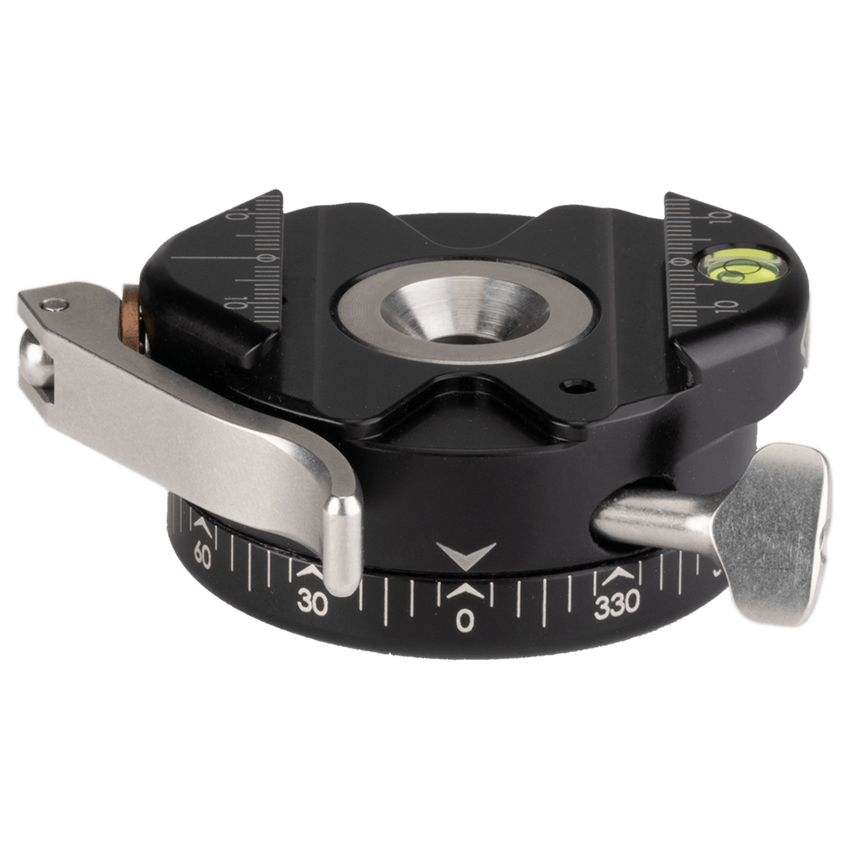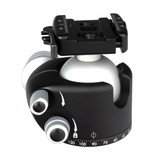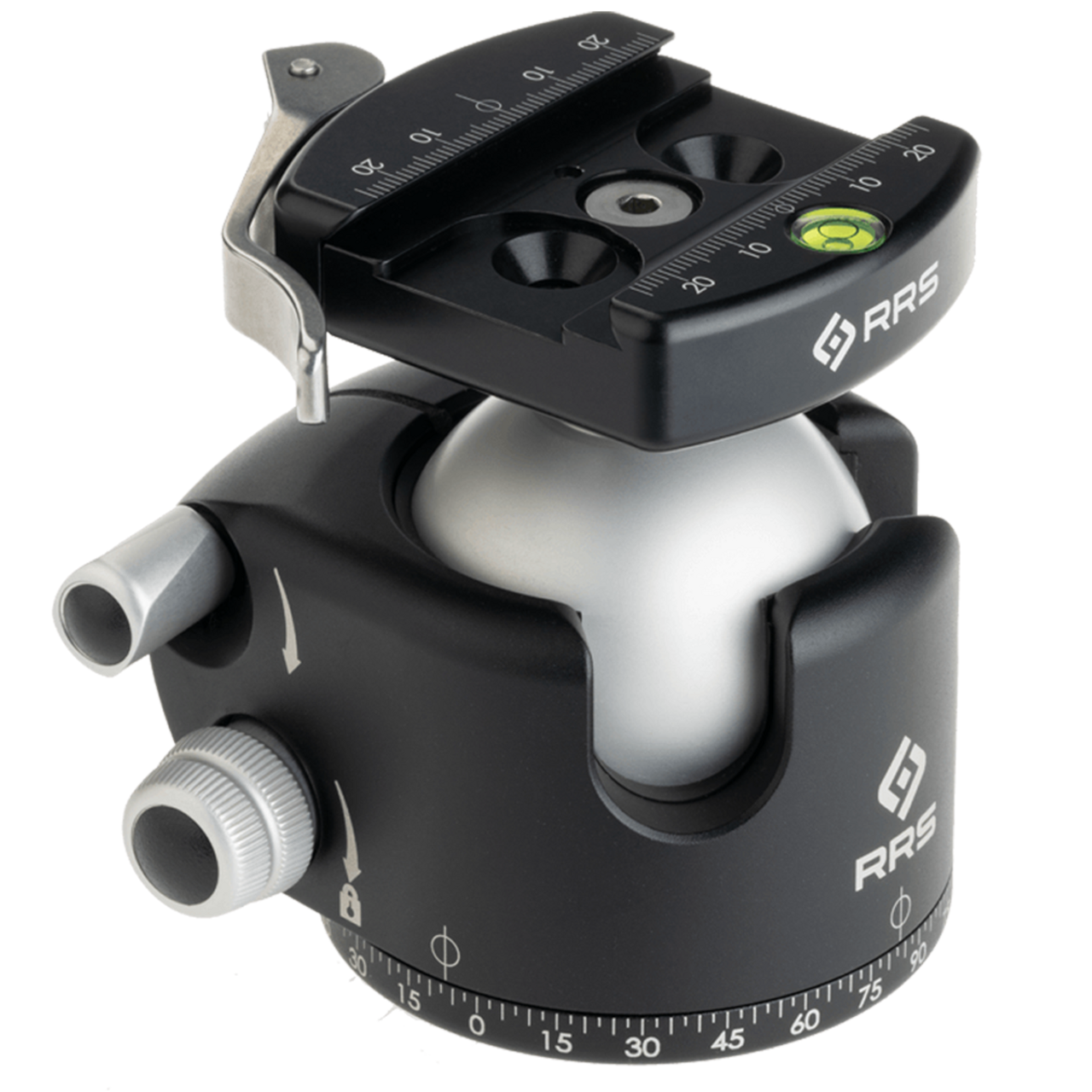
BH-55 Ball Head
Starting at
$453.00
- SKU:
- BH-55 Ballhead
Downloads
find your perfect setup

Colors Available
$1,140.00

Versa Ground Pod : TVC-32G Mk2
Colors Available
$585.00

Macro 150
Colors Available
$395.00

PC-LR-40: Micro Panning Clamp
Colors Available
$295.00

PC-LR: Lever Release Panning Clamp
Colors Available
$300.00
Videos Hide Videos Show Videos
1 Review Write a Review
-
BH-55 Ball Head - 5 Stars!
Great product by RRS. Durable and reliable for constant use.































